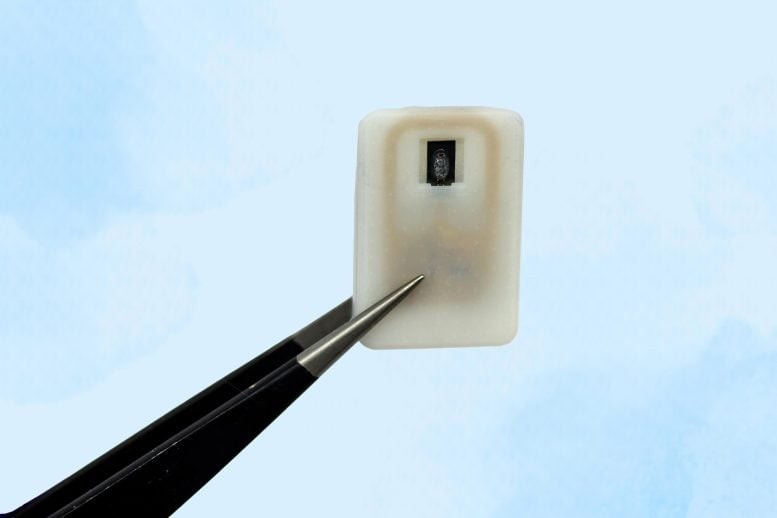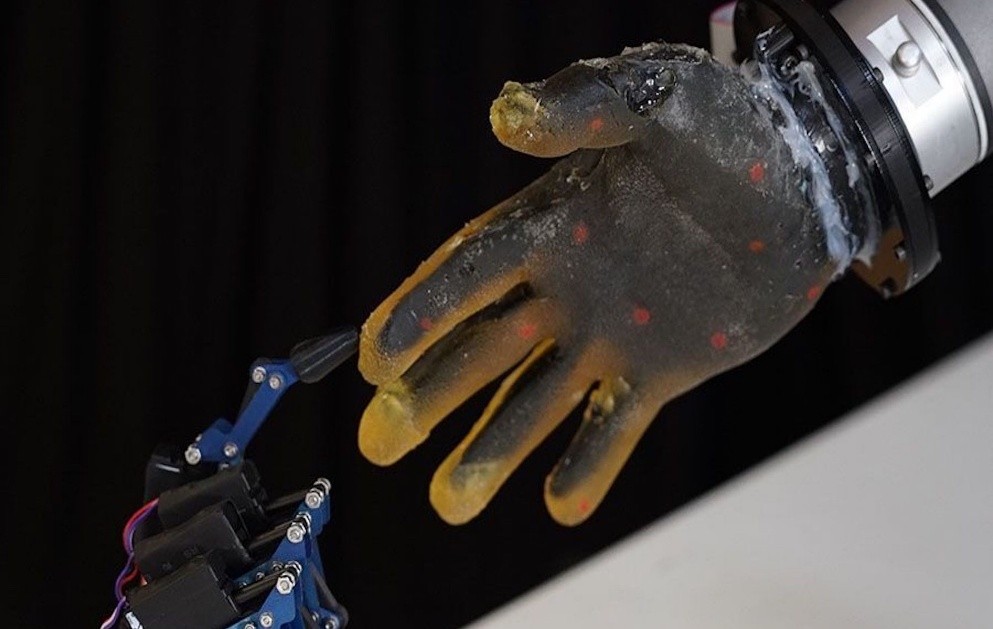MIT’s Tiny Invention Could Prevent Life-Threatening Blood Sugar Drops in Diabetics
Emergency Response
Millions living with type 1 diabetes depend on daily insulin injections to manage their blood sugar levels and prevent dangerous spikes. But when blood sugar falls too low, it can trigger hypoglycemia—a potentially life-threatening condition that may result in confusion, seizures, and, if left untreated, even death.

Figure 1. MIT’s Miniature Device Offers Life-Saving Relief from Dangerous Blood Sugar Crashes
To combat the dangers of undetected hypoglycemia—especially in children—the MIT team designed a small, smart emergency device that offers a dependable alternative to traditional glucagon syringes. While some people with type 1 diabetes can recognize low blood sugar and respond in time, others may experience sudden confusion or even coma, particularly while asleep when they depend on glucose alarms. Figure 1 shows MIT’s Miniature Device Offers Life-Saving Relief from Dangerous Blood Sugar Crashes.
“Some patients can sense when they’re getting low blood sugar, and go eat something or give themselves glucagon,” says Anderson. “But some are unaware that they’re hypoglycemic, and they can just slip into confusion and coma. This is also a problem when patients sleep, as they are reliant on glucose sensor alarms to wake them when sugar drops dangerously low.”
The MIT-developed device, about the size of a quarter, can be triggered either manually or automatically based on sensor readings. It contains a small drug reservoir created with 3D-printed polymer and sealed using a shape-memory alloy—a nickel-titanium material that shifts from flat to U-shaped when heated to 40°C, acting as a release mechanism.
To ensure long-term stability, the team used glucagon in powdered form—more durable than its liquid counterpart—which stays securely housed in the device until activation.
Reversing Hypoglycemia: A Smarter, Wireless Lifeline
Each implantable unit—designed to hold either one or four doses of glucagon—features a built-in antenna that responds to a designated radiofrequency signal. When activated, the antenna generates a small electrical current that heats the shape-memory alloy. As it warms to 40°C, the alloy bends into a U shape, unsealing the reservoir and releasing the powdered drug.
Crucially, because the device is wirelessly controlled, it can potentially be linked to a continuous glucose monitor (CGM). If the CGM detects a dangerous dip in blood sugar, it could automatically signal the device to release a life-saving dose of glucagon.
“One of the key features of this type of digital drug delivery system is that you can have it talk to sensors,” explains Krishnan. “In this case, the continuous glucose-monitoring technology that a lot of patients use is something that would be easy for these types of devices to interface with.”
Proven in Mice: Fast-Acting, Life-Saving Response
To test its effectiveness, the researchers implanted the device in diabetic mice and used it to release glucagon as their blood sugar dropped. Within 10 minutes, glucose levels stabilized—effectively reversing hypoglycemia. In separate tests with powdered epinephrine, the drug elevated epinephrine levels and heart rate within the same 10-minute window.
Long-Term Use and Future Prospects
The devices were kept implanted in animals for up to four weeks, and the team now aims to extend this lifespan to a year or more. “The idea is you would have enough doses that can provide this therapeutic rescue event over a significant period of time,” Krishnan says. “We’re currently working on establishing what the optimal lifetime is.”
Despite the body’s natural tendency to form fibrotic tissue around implants, the drug delivery system continued to function effectively even after scarring occurred.
Looking ahead, the researchers are preparing for further animal studies and plan to begin human clinical trials within the next three years.
“It’s really exciting to see our team accomplish this, which I hope will someday help diabetic patients and could more broadly provide a new paradigm for delivering any emergency medicine,” says MIT’s Robert Langer, senior author on the study.
Source: SciTECHDaily
Cite this article:
Priyadharshini S (2025), MIT’s Tiny Invention Could Prevent Life-Threatening Blood Sugar Drops in Diabetics, AnaTechMaz, pp.350















